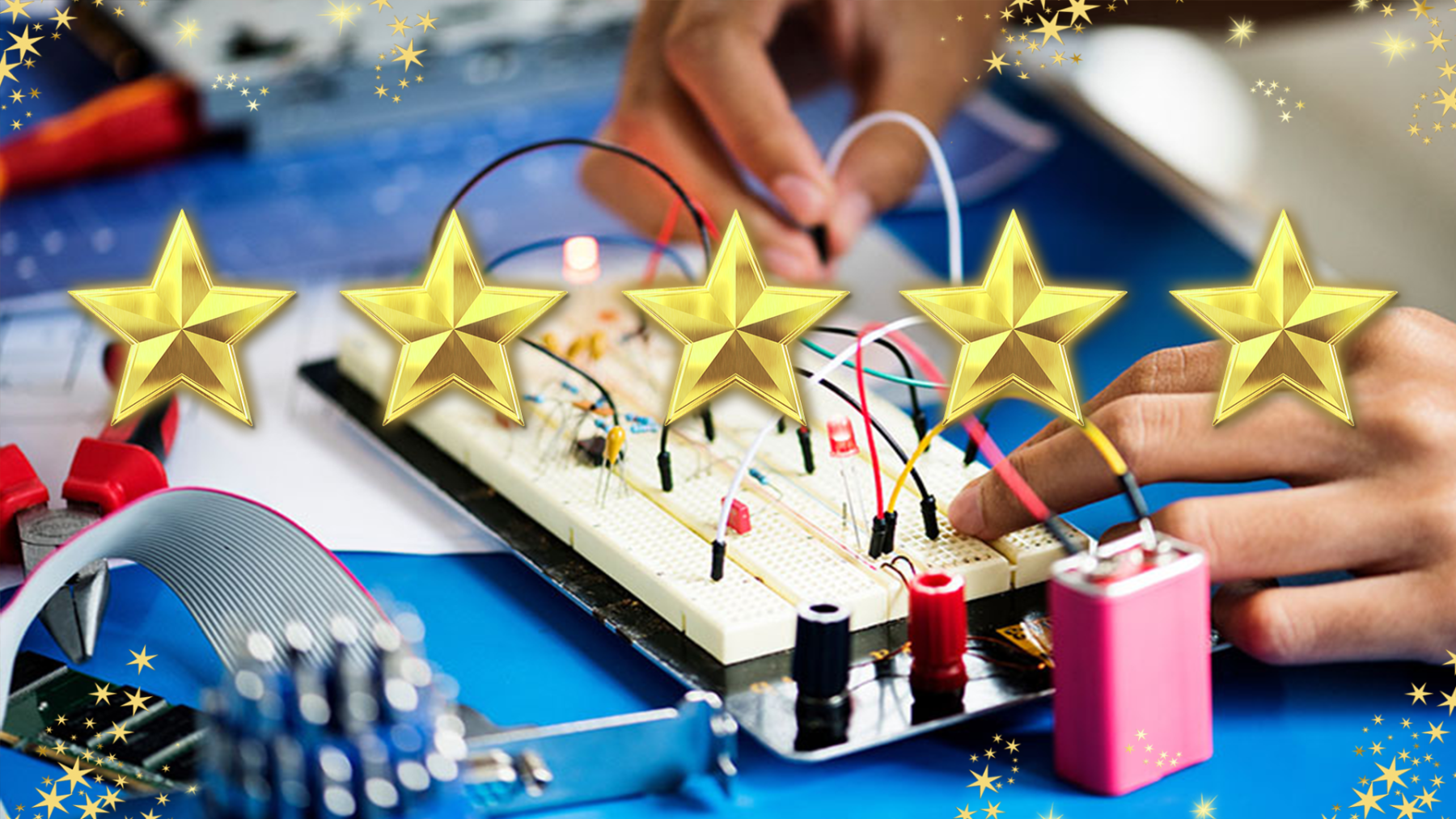
A Shocking Dystopia: STEM Adventures in The City of Ember Part 2 of 4: A Way to See in the Dark
This lesson is PART 2 of a four-lesson unit, which focuses on futures thinking, the phenomenon of electricity, closed-system agriculture, and water as a renewable energy resource. “The City of Ember” is a dystopian novel by Jeanne DuPrau that explores themes of self-sufficiency, resourcefulness, and the consequences of relying on unsustainable systems. The story is set in a city where the infrastructure is failing, leading to a potential blackout and loss of essential resources. In Lesson 2, A Way to See in the Dark, students make sense of the phenomenon of electricity when they build this everyday household item. They use the science and engineering practice of defining a simple design problem and the disciplinary core idea of designing solutions to design their own operating series circuit flashlights. By exploring electricity and how flashlights work, students engage with the crosscutting concept of evolving technologies. Students design, build, and test a battery-powered “moveable light” for Lina and Doon to take on their journey.
Lesson Grade Level
4th GradeLesson Plan Link/URL
https://docs.google.com/presentation/d/1rCviBe6BaEjEL8oj_tcX7DDAZ0H6V_DC8wxa9k0…Subject Area
Science Physical Science P4: Energy Transfer Technology 1. Empowered Learner 4. Innovative Designer Engineering S1: Engineering & Global Society S2: Apply the Engineering Design Process S3: Apply Mathematics to Engineering S4: Apply Science to Engineering S5: Apply Technology to Engineering Mathematics Number and Operations in Base Ten (NBT) Measurement and Data (MD) English Language Arts (ELA) Reading (Literature) Speaking & ListeningRelated Content

Context: This lesson takes place in a classroom for two or more class periods Students may work in small groups of 2-4. An emphasis on the experiment of making an indestructible Edison robot Creative

This lesson intends to expand the student's knowledge of electricity through an exciting hands-on experiment. "The Amazing Power of Fruits allows the students to collaborate as a team and demonstrate

This lesson will implement chain reactions and simple machines into a Rube Goldberg invention. Students will learn about the Rube Goldberg and his crazy inventions. They will then create their own